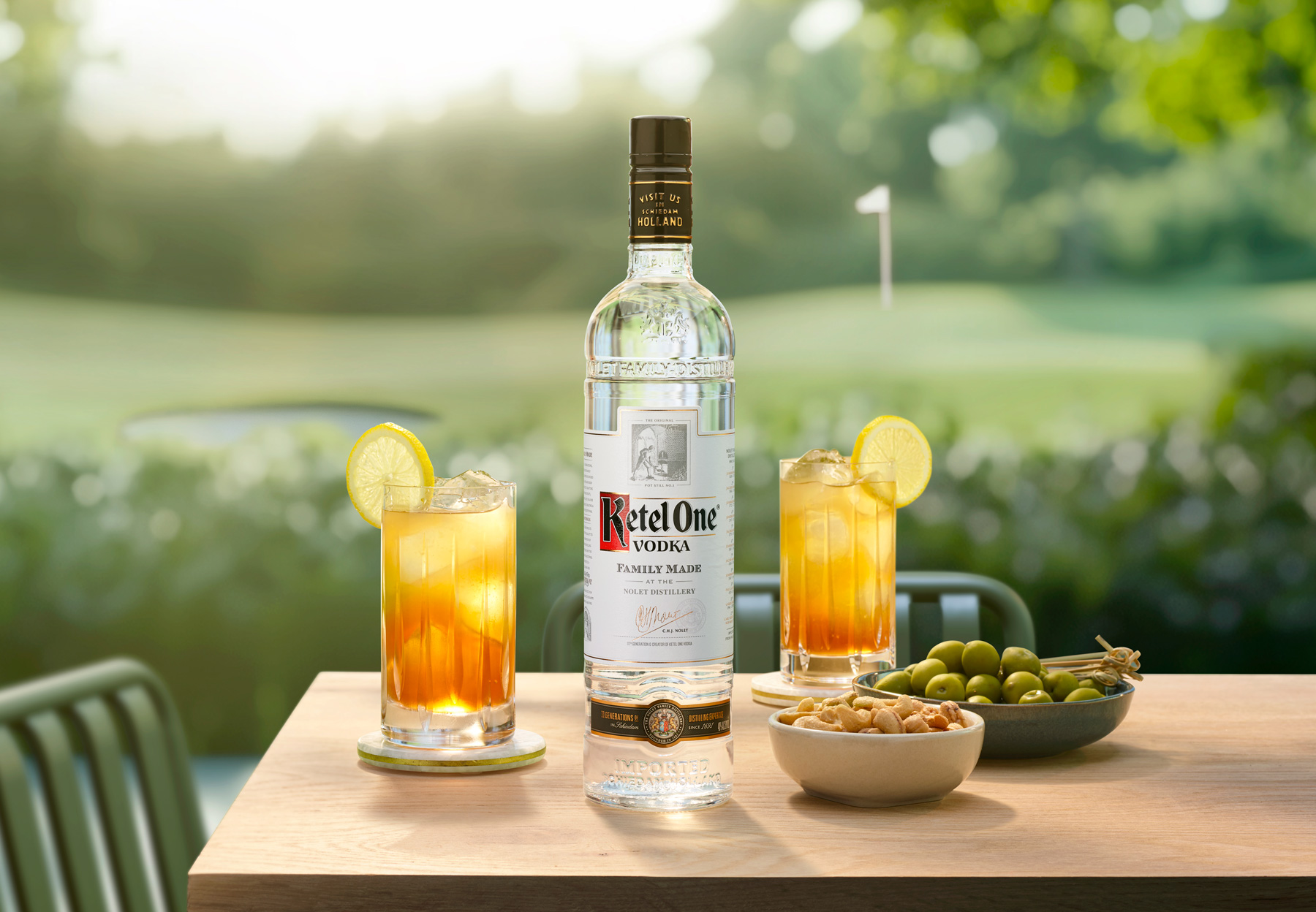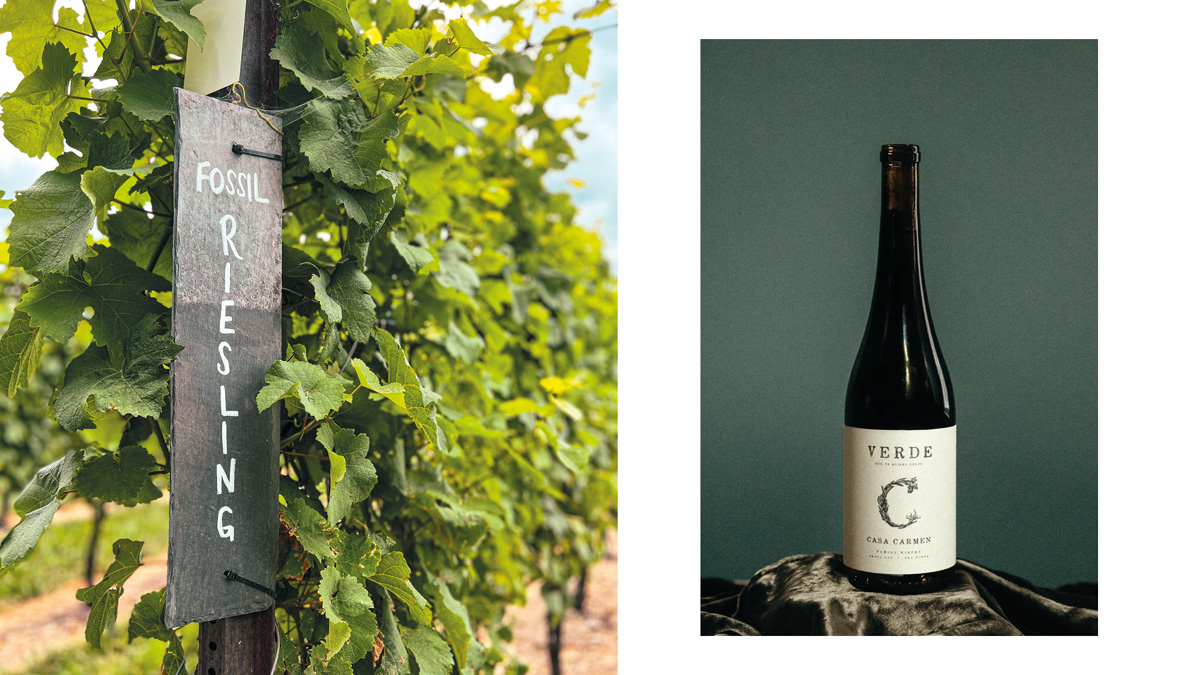
hen Erin Troxell’s parents planted Grüner Veltliner vines on the hillside of Galen Glen, their Lehigh Valley farm and winery, in 2003, doubters called them crazy. “They said, ‘How can you plant something that people can’t even pronounce?’ ” Troxell recalls. “ ‘How are you ever going to develop a market for this thing?’ ”
That thing—the brisk, mineral wine the Austrian grape produces—or, more broadly speaking, any dry European-style wine, indeed seemed an odd fit in eastern Pennsylvania. The region’s viticultural traditions predate the American Revolution, but its wines historically clocked almost as sweet and nearly as cheap as dollar-store fruit punch.
The Troxell family’s farming roots go back seven generations in the Lehigh, where the mineral-rich terroir and climate of sunny days and mountain-frosted nights recall the famous river valleys of Germany. Troxell’s parents, a mechanical engineer and a pharmaceutical chemist, started planting vines when she was a child, and rode the white-zin wave in the early days. Their suitcase-clone Grüner planting—“Literally, someone carried budwood over from Austria in a suitcase,” Troxell says—is the second oldest in the United States. It was also at the vanguard of a pivot in Pennsylvania wines, from sweet swill to cellar-worthy vintages.
The rise of high-quality Pennsylvania wines owes in part to deregulation: The state-run liquor control board has started loosening its notoriously firm grip on wine sales, particularly for producers, making it easier to sell directly to consumers. The changing climate is also playing a role. The drier, hotter summers imperiling viniculture in the Mediterranean have created an unintended benefit for historically wetter regions like the mid-Atlantic, where grapes could do with a little less water.
Ed Lazzerini, the self-proclaimed dirt nerd of Vox Vineti winery in the flyspeck town of Andrews Bridge, sees the shift in Austria and Germany as a mirror: “There are some amazing red wines produced on a consistent basis there now, where 20, 30 years ago, they couldn’t dream of that,” he says. “I think we’re in a similar situation in Southeastern Pennsylvania.”

Set amid the emerald pastures and creek-laced mushroom forests of Chester and Lancaster counties, the Southeastern Pennsylvania wine region is noticeably warmer than the Lehigh. Lazzerini chose his six-acre plot specifically for its stony, well-drained earth. “In the core of the mid-Atlantic, we get enough heat and enough sunlight during the growing season,” he says. “The trick is that we sometimes get too much rain at the wrong time, which is why site selection and soil composition are so important.”
Vox Vineti’s elegant, age-worthy wines are already some of the most sought-after in the state, and an extremely limited production of 400 cases annually keeps supply low and cultlike interest high. Some Pennsylvania winemakers take this intimate approach, while others have more of an open-door policy. It speaks to the diversity of the scene that you can experience a reservations-required tasting of profound, unusual, single-hillside expressions of French and Italian grapes at Va La Vineyards with the farmer and winemaker, Anthony Vietri. Then, 10 minutes away, you can stroll onto the patio at Casa Carmen, where Ecuadorean brothers Felipe and Enrique Pallares serve Spanish pintxos and craft amaro and vermouth alongside the Vidal Blanc and Cab Franc from their three-and-a-half acres.
Nearby, at Wayvine, another pair of brand-building brothers, Zach and James Wilson, think even bigger in the barn tasting room they built from their own milled lumber. Bingo and pizza nights, live music, weddings, an Airbnb. They’re partners in a Philly trattoria, Tulip Pasta & Wine Bar, where you can enjoy their juicy Barbera with bucatini and lamb ragu, and they are actively planning a distillery on the farm—half of which remains open land for the public to enjoy.
“We’re so blessed to be able to grow up on such a beautiful piece of land,” James says. “It means a lot to us to be able to work on the farm we love so much.”
Made exclusively with estate-grown fruit, Wayvine’s low-intervention wines tend to be easygoing, vibrant, and resonant with the Wilsons’ fellow millennial drinkers. In a full-circle Pennsylvania wine moment, one of their brand’s most popular bottlings is a lovely, flinty Grüner Veltliner.
Follow Us On


| Cookie | Duration | Description |
|---|---|---|
| cookielawinfo-checkbox-analytics | 11 months | This cookie is set by GDPR Cookie Consent plugin. The cookie is used to store the user consent for the cookies in the category "Analytics". |
| cookielawinfo-checkbox-functional | 11 months | The cookie is set by GDPR cookie consent to record the user consent for the cookies in the category "Functional". |
| cookielawinfo-checkbox-necessary | 11 months | This cookie is set by GDPR Cookie Consent plugin. The cookies is used to store the user consent for the cookies in the category "Necessary". |
| cookielawinfo-checkbox-others | 11 months | This cookie is set by GDPR Cookie Consent plugin. The cookie is used to store the user consent for the cookies in the category "Other. |
| cookielawinfo-checkbox-performance | 11 months | This cookie is set by GDPR Cookie Consent plugin. The cookie is used to store the user consent for the cookies in the category "Performance". |
| viewed_cookie_policy | 11 months | The cookie is set by the GDPR Cookie Consent plugin and is used to store whether or not user has consented to the use of cookies. It does not store any personal data. |